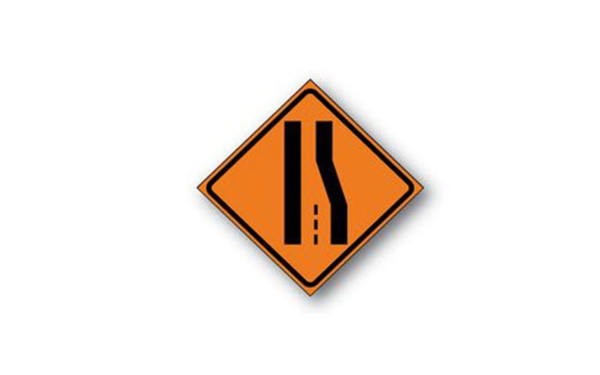
The review preview is used to ensure the audience's attention is maintained and they have a clear understanding of the speaker's framework which helps the key points stick in their memory. The speaker tells the audience what part they have covered, some of its main points, how it fits in with the topic, and what you are going to talk about next. These transition styles include: Verbal transitionsġ) Review-preview- Review preview is an internal summary which is an extended form of simple transitional statements. Each of this can be used depending on users preference.
#Signpost transition how to#
This extra task might lead to the audience getting lost in the speech and the speaker loosing his credibility as a speaker who knows how to keep the audience engaged in a speech. In the absence of transition between points, the audience is left with the extra task of structuring the speech for easy processing and absorption. Transition between points lets the audience quickly absorb the previous point and get ready for the next point the speaker is about to give.

Why use Transitions between Points?Ī good speaker should make sure his/her audience are guided through the structure of the speech. Transitions should should be used after the speaker's introduction, between each main point, within each main point, and before the conclusion. When the speaker presents their speech it should be as smooth and easy to follow as Bill Watterson's comic strip:įigure 1 Where does the Speaker use Transitions? When a speaker is preparing their persuasive speech they must set time aside to create a smooth transitions between their points. It's exhausting and confusing for the audience. If there are a lack of transitions the speaker's impact on the audience will quickly decline.This problem is similar to reading a comic strip with scenes that do not flow into the next. Using smooth transitions helps the audience have a clear understanding of the speaker's message. There are numerous types of verbal and non-verbal transitions that a speaker can incorporate in their speech which will be addressed in How to Use Transitions section. There are two different kinds of transitions a speaker can use: verbal and nonverbal.

According to the website, " Speech transitions are magical words and phrases that help your argument flow smoothly". Transitions are words or phrases that connects one point or part of a speech to another point or part of a speech. But how does a speaker present these points in a manner that guides the audience through the speech? They use Transitions. A speaker's research usually leads to an enormous amount of points which are critical to fulfilling the purpose of the speech. In general, whenever a speaker wants to speak on a particular topic, there is a lot of research on that topic. Kendra Laing, Victor Eberechi, & Matthew Wild Using Transitions Between Points What are Transitions?


 0 kommentar(er)
0 kommentar(er)
